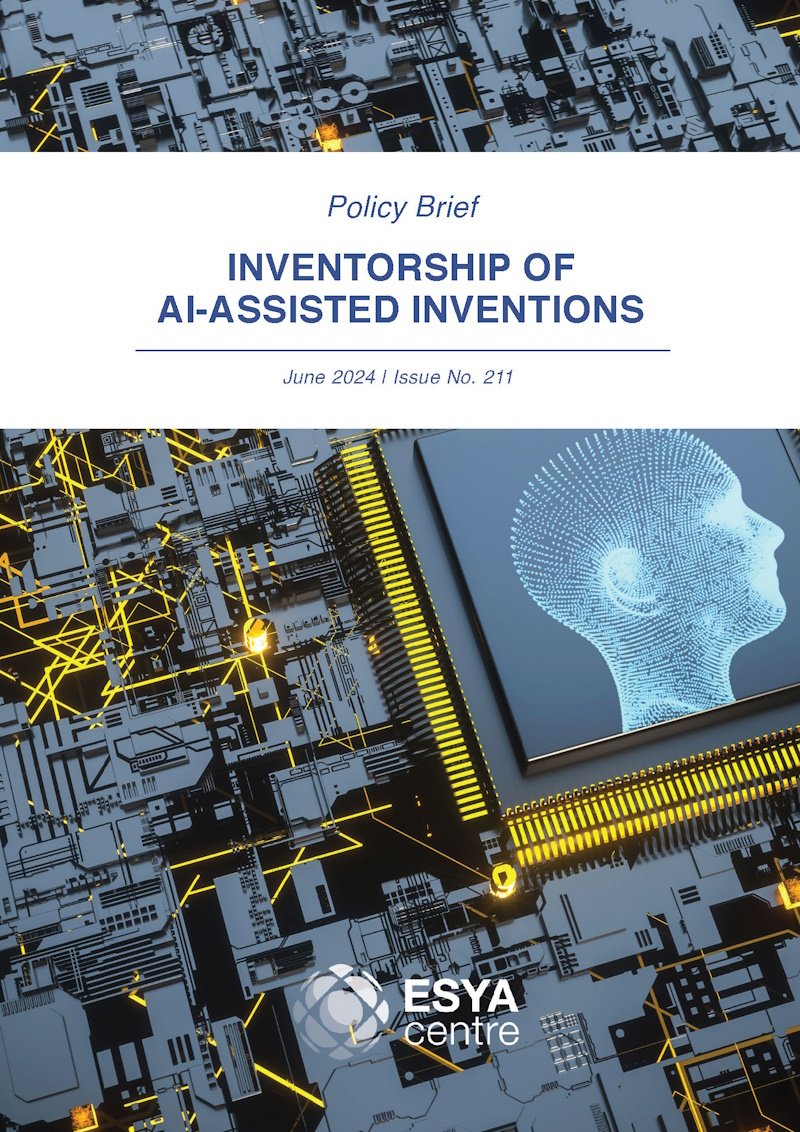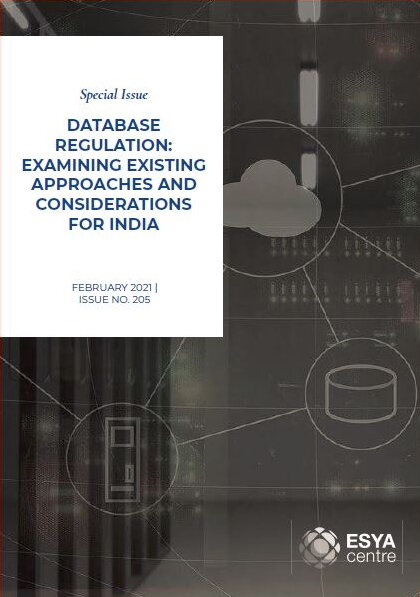Since the introduction of broadcasting (radio in 1927, which later included TV broadcasting in 1959), the broadcast industry has become a key part of India’s social fabric. For instance, broadcasting has served as a key medium for the government to disseminate information to the masses, and serving as a mirror to society. In terms of monetary value, broadcasting generated revenues of INR 771 billion in 2018, which is projected to increase to INR 994 billion by 2021. It was also estimated by the Media and Entertainment Skills Council (MESC) that the broadcasting industry would have employed 3.1 lakh people by 2017.
Further, as a core avenue of dissemination for India’s creative economy, the broadcasting sector has successfully created synergies with other segments of the creative economy, especially films, where distribution avenues remain limited. For instance, India’s screen density remains abysmal, with eight screens per million people, compared to China’s 16, and US’ 125 screens per million people. Unsurprisingly then, broadcast rights accounted for 21.2 percent of the film industry’s revenues in 2018, and radio remains one of the most important platforms for marketing and promoting new music.
Moreover, broadcasting holds immense value economically, socially and politically, serving as a powerful development tool. As recognised by the World Bank, the power of broadcasting is premised on the “widespread accessibility”, “ease of use” of technologies, and the wide spread of distribution networks. Different countries have sought to regulate broadcasting to realise the emancipatory potential of the sector. Countries such as the US and the UK use economic regulation to remedy market failure, whereas Canada and France intervene to ensure that the broadcasting industry promotes creative expression and local cultures and diversity. The EU, with which India’s policy stance is aligned in several technology-driven areas, is situated in the middle of this spectrum. It endeavours to ensure that high-quality and diverse content is available and ‘findable’, and that the widest possible audience has access to such content.
In India, the broadcasting sector was initially leveraged by the state to facilitate national integration and dissemination of information to the masses. With privatisation and liberalisation, the approach to regulating broadcasting changed to enable access and promote competition. Today, maximising access to broadcasting as a policy objective has been largely addressed, as 197 million households today subscribe to TV, with private radio channels in over 100 cities and the All India Radio (AIR) reaching 99.19 percent of Indians in 23 languages. Moreover, 88 per cent of TV households have now been digitised, enabling access to a wider selection of channels and content, and a better quality of service. However, quality and choice of content remains suboptimal, with homogenised and formulaic content serving a characteristically diverse and heterogeneous populace. As per the latest figures from BARC, the highest number of channels in most languages today fall in the general entertainment content (GEC) genre.
On an average, approximately 52.07% of fictional GEC programming in every language consists of dramas and soaps. On the other hand, programming for other genres like horror, action/thriller, and comedy remains miniscule in comparison. Viewership patterns, on the other hand, indicate higher demand for certain genres, in comparison to the proportion of such programming carried.
This is paradoxical, since there are few other industries which are as strongly driven by consumer preferences as the media industries. Cultural sensibilities, demographic diversity and socio-economic evolution directly and constantly affect the success of content offerings and distribution platforms. Therefore, it is imperative for systemic reforms to incentivise the creation of high-quality content which is accessible to the widest audience possible, and to strengthen the forces of market competition towards delivering a rewarding consumer experience. Policy and regulatory impetus should thus be geared towards maximising consumer welfare, which entails providing consumers with high quality, diverse content at affordable prices.
Evolving Scope of Broadcasting
With the advent of internet-based content services, and the growing adoption of IP-based broadcast transmissions, competition in the content consumption and distribution spaces has improved. The TV and Radio industries are seeking to address related market challenges through network expansion, consolidation and strategic leveraging of digital opportunities. For instance, advertising on TV is being bundled with digital advertising to provide better value to advertisers. Similarly, TV programming is being coupled with a host of interactive services on digital platforms to drive stickiness of linear television. Illustratively, on air programming of television shows like Satyamev Jayate were coupled with engagement campaigns on social media. Consumers are also presented with increased content and service standards through personalized feeds on the digital medium. This is complemented by a wide availability of affordable and niche content on demand. Thus, digital content disruptions have presented opportunities for the broadcast industry to provide more interactive and creative content along with a heightened viewer experience.
Owing to these crossovers with the digital content space, the scope of ‘broadcasting’ has come to be revisited in law and policy frameworks around the world. For instance, Canada is currently awaiting recommendations on a joint review of its broadcasting, radiocommunications and telecommunications regulations. In this regard, a key question for consultation is how broadcasting (encompassing radio and TV services) can remain relevant as part of a broader, shifting, communications landscape.
While the understanding of broadcasting was previously based on analogue transmission of content for reception by the public, the meaning of broadcasting has come to be understood more broadly to include encrypted transmissions through cable and satellite as well. For instance, the Prasar Bharati Act defines broadcasting based on “transmission of electromagnetic waves”, and the intention for reception by the public through relay stations. As such, the understanding of broadcasting has typically taken a conjunctive understanding of the following considerations:
a. Means of transmission (wired or wireless): Where wireless implies transmission through Hertzian/ electromagnetic waves as well as satellite, and wired implies by cable or fibre;
b. Control over the transmission (close or managed versus open communication networks): Where the transmission takes place under the control and responsibility of the broadcasting organisation; and
c. Manner of consumption (one to many, and push based): Where the transmission has been made publicly available for reception by the public, such that transmission signals have been emitted; it is immaterial whether or not they are in fact received by specific members of the public.
Such an understanding of broadcasting has thus typically excluded dissemination of content over computer networks, and where the venue and timing of receiving the transmission is chosen by the consumer. However, such definitions are being revisited with the advent of convergence as transmission protocols, means of access, and the range of services rendered across different media overlap.
Distinguishing Regulation from Policymaking
At the same time, regulation of broadcasting continues to remain a complex issue, even if the scope of the sector has come to broaden through additions to existing definitions. For instance in India, the Sports Broadcasting Signals (Mandatory Sharing with Prasar Bharati) Act, 2007, includes continuous streaming of content in “digital data form on the computer networks”, which may be accessible to single or multiple users. At the same time, content and carriage distinctions remain vital to defining the scope of services regulated, whereby ‘broadcasting content services’, and ‘broadcasting network services are distinctly defined and corresponding obligations tailored specifically.
The distinct rationale for regulation for radio and TV broadcasting stems from such services being reliant on scarce spectrum: as spectrum is a scarce public resource, its use remains licensed by the government so as to fulfill its role as a custodian of this resource. Furthermore, the Supreme Court has also underpinned the use of a teleport, which is only allowed by operators licensed under the Wireless Telegraphy Act as the basis for regulation of broadcasters. Therefore, TV and radio have been tightly regulated -- beginning from complete monopoly of the government to licensed regulation for private broadcasters post liberalisation and privatisation.
In the internet realm, the absence of dependence on scarce spectrum and teleports does away with the need to regulate services in the same manner as TV and radio. Thus, the contemplation of any regulation of digital streaming must account for the specific market failures that need remedy through state intervention. Notably, digital media accounted for only 11.8% of the Media and Entertainment sector in 2018. However, the absence of regulation has facilitated tremendous growth with digital media being the fastest growing segment at 41.9% in 2018, when it reached an estimated 12-15 million households.
Looking Forward
In this evolving context of broadcasting, it will be necessary for policy and regulatory frameworks to be reimagined to reflect the realities of this transition. To this end, government focus must be on:
1. Enabling TV and radio broadcasters to keep pace with their digital counterparts: It is important to liberalise existing regulatory frameworks to ensure they do not hold back investments in a consolidating and evolving business environment; and
2. Facilitating innovation and consumer welfare: Given the nascence of online media markets, any regulation should be tailored to address clearly identified harms, and based on assessments of its impact on innovation and consumer welfare.
At this stage, it is prudent for government to undertake an independent assessment of the country’s broadcasting landscape. Here, relevant considerations are: trends and likely drivers of change; potential for new services and models; sustainability of revenues; the needs and preferences of audiences; consumer behaviour; platform and distribution developments; and, the efficacy of the extant regulatory frameworks. At the same time, the complex of legislative and regulatory frameworks must be harmonised. Illustratively, the Ministry of Information and Broadcasting (MIB) is currently tasked with legislation and policymaking for television, radio, and the press, while the Ministry of Electronics and Information Technology (MEITy) holds the mandate over all matters relating to information technology and the internet. The ambit for telecommunications, including licensing and policymaking for telegraphs, telephones, wireless and data, along with the administration of the Telegraph Act, Wireless Telegraphy Act and the TRAI falls within the Department of Telecommunications (DoT).In this context, it would be prudent for the MIB to establish a National Broadcasting Commission along the lines of the Digital Communications Commission (erstwhile Telecom Commission), which was set up in 1989 to serve as the policy-making wing of the DoT. Such a commission could include technical members from different arms of government, as well as from industry and academia, who can help shape the future of harmonized policymaking for broadcasting.











